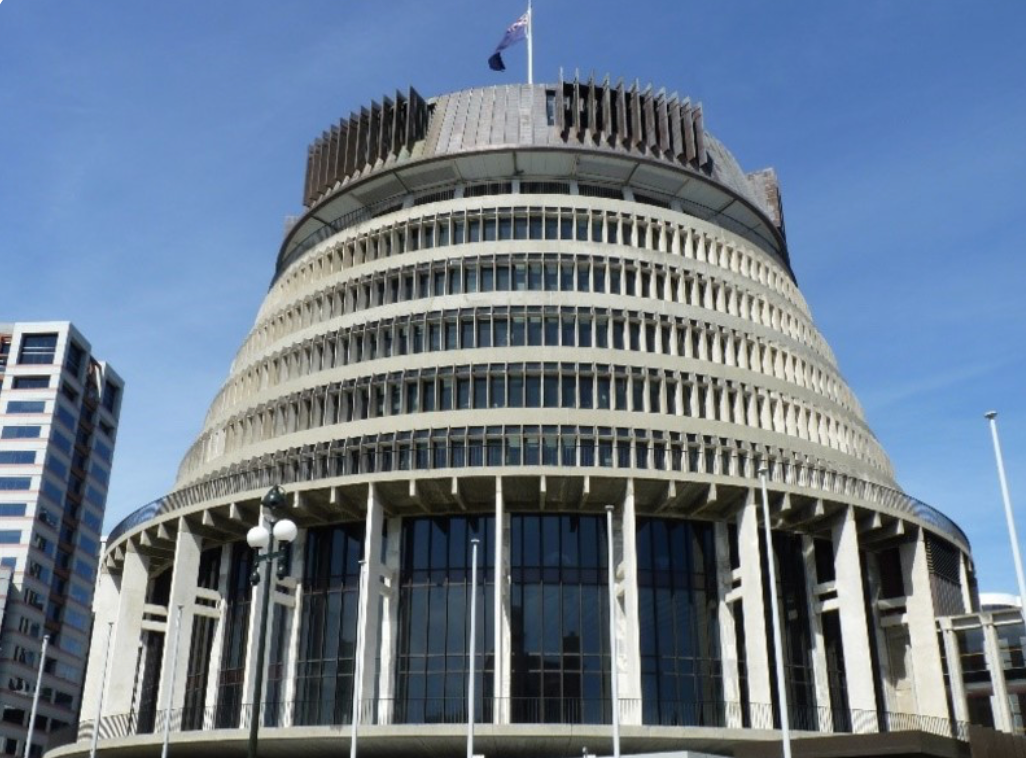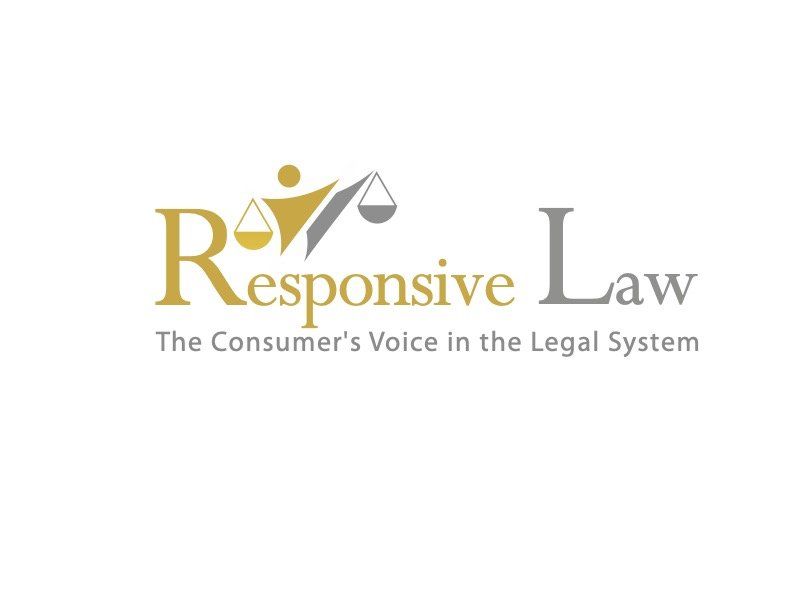CMA hasn't quite nailed it on unregulated legal services
Response to draft guidance

The CMA investigation and draft guidance are welcome. There is much to support and a strong focus on enforcement of breaches of consumer law would be welcome. However, the consultation is not convincing that this will happen, preferring to offer more guidance that will stifle compliant firms without a clear strategy for enforcement against noncompliant firms who have already shown a disregard for consumer law. An opportunity has been missed to consider how the CMA could work more closely with the SRA to drive up compliance with consumer law across the legal market. That could have included a new approach to swift and effective enforcement across all types of legal businesses for consumer law breaches. Instead, while much of the guidance is welcome, there are some flaws that need addressing for it to be convincing, effective and not stifling innovative businesses that are compliant with consumer law and meeting broader consumer welfare standards.
There is a risk that regulation of legal services stifles innovation and drives up prices for customers. This applies to reserved and unreserved legal services, to those delivered by solicitors or other advisers, and to regulated law firms and other businesses. Much of the regulatory architecture that applies to solicitors and regulated law firms was put in place more than 50 years ago, prior to the introduction of almost all the consumer protection and competition law that now underpins all markets. Strong enforcement of consumer law might alleviate the need for additional and expensive sector specific regulation by the SRA and other regulators.
That leads inevitably to the question of compliance with consumer law by regulated law firms. Many of the issues identified by the CMA in the unregulated sector may also be found in the regulated part of the legal market. See for example 3.6 and 3.7 and 3.13.
The SRA is not well placed to enforce consumer law – as has been seen by its efforts to introduce transparency requirements on law firms in limited areas of practice. Anecdotal evidence suggests that law firm estimates of costs given to clients are unreliable and exceeded in far too many cases to just be a feature of unpredictability – it is drip pricing of the sort focused upon by the CMA and should be tackled directly. The CMA draft guidance should be extended to all law firms, whether regulated by a sector specific regulator or not, to underpin a basic standard of adherence to consumer law across the legal market, thus increasing confidence and reducing the ended for expensive sectors specific regulation. There should be no assumption that traditional law firms are more compliant that those law firms beyond the reach of sector specific regulation. The section on ‘material information’ is an example of what traditional law firms should be driven to comply with as much as the current target of this guidance.
The CMA falls into the trap of creating a polarity between regulated law firms, authorised to deliver the very limited list of reserved services and what it terms ‘unregulated legal businesses’. The latter are not actually unregulated. They don’t have legal sector specific regulation (because Parliament hasn’t decided they need it) but they are subject to competition law, consumer law and CMA enforcement among other things. The solicitors within them are subject to specific regulation that is the same Code of Conduct as solicitors working in regulated law firm. There are some variations in obligations - just as there are for all sorts of solicitors depending upon where and how they work. Many other professionals in unregulated legal businesses are also regulated - statutorily or through self-regulation.
The CMA is at risk of offering a lawyer centric view of regulation of legal services. The risk is a misunderstanding of the market (regulated law firm = good; unregulated = risky). This creates the possibility of CMA guidance being used to confuse customers and steer them away from the innovative part of the legal market that is, as the CMA acknowledges, the area driving deployment of technology, innovation in delivery models and a rethinking of legal need that is starting to tackle the huge unmet legal need that pervades over-regulated legal markets around the world. Timid reform has simply not addressed the levels of unmet need and the CMA guidance risks further stifling innovation. And all against a backdrop of research that suggests traditional law firms do not perform better than new models outside of sector specific regulation on quality[1].
This is no more evident in the guidance than the notion that legal services, some even using solicitors to deliver legal services to the public, should be required to advise potential clients that they are not regulated. Parliament has not required regulation and that some businesses choose to deliver services that do not need to be regulated through a regulated business is a market choice that should not determine what other, lawfully operating and compliant firms, are required to tell their prospective customers. No more should a lawfully operating business have to highlight that other businesses are regulated, than a regulated law firm should have to highlight cheaper, more predictably priced, more innovative services and better on-line delivery available from legal businesses not regulated by the SRA. The CMA may wish that all legal services were regulated but Parliament has not required that, and Government has repeatedly rejected recommendations to extend regulation. Parliament considered extension of reserved activities when considering the legal services bill in 2006 and chose not to do so.
The CMA also appears confused over 2019 reforms by the SRA that allow solicitors to deliver unreserved legal services to the public from unregulated businesses. These are not in-house solicitors (see para 2.19). They are solicitors practicing within the legal framework and without the incessant, additional burden of firm level regulation that is not required by legislation. The CMA supported the removal of that regulatory burden as part of the reforms introduced in 2019 but no longer appears to understand the market structure. Describing them as ‘in-house solicitors’ undermines the CMA’s analysis of the market as it reveals a lack of core understanding of how solicitors are regulated in different business models. These solicitors, while still limited in number, may be owners of the business (like law firm partners) or employees (like associates at law firms) but they are not in-house. In house solicitors advise their employer not the public. The CMA’s lack of understanding of the market is shown at footnote 7 where it describes a hard edge between regulated and unregulated provision, when in fact, many unregulated firms use regulated lawyers to deliver services. Its attempt to clarify this in footnote 15, regarding the reach of the guidance, merely highlights the blunt nature of the guidance. The guidance applies to some solicitors (those delivering services within their professional competence, regulated by the SRA and within the statutory parameters) but not to other solicitors (those may be acting beyond their competence but in a firm regulated by the SRA).
The CMA is critical of what it calls template services without professional advice. This is again a lawyer-centric view of legal services. Most consumers with legal need get no advice. Driving out the standardised, technology fuelled, online services that might tackle this is a mistake. Expertise can be put into systems rather than individual advice. And the tendency of professionals to make legal services more complex than is needed is well recognised feature of professional markets. The CMA should be encouraging the market to grow to its potential by using technology, ‘good enough’ standards and low, predictable pricing to reach new consumers. Traditional law firms have been responding to the unbundled services offered by new entrants – but this does not make them any less of a ‘professional service’ (para 3.17).
Disruptors come into markets at the lower end, often with lesser service and quality standards than gold plated professional services. The CMA should be focused on more competition and supporting disruption rather than trying to make unregulated services look more like regulated services.[2] It is absurd for example that the CMA equates a responsibility to deliver services with reasonable skill and care with an obligation for a business to tell the customer of the qualifications of the staff. Solicitor firms use a mix of staff to drive quality and efficiency responsibility (it is enough to name a solicitor as supervising the work). Disruptors outside of sector specific regulation without the same should be encouraged to innovate to improve access rather than driven towards a 19th century vision of professional service delivery.
The CMA’s language around meeting professional standards, industry standards and similar throughout the guidance undermines disruption and perpetuates the myth of professions without tackling the consistent failure of the regulated legal market to meet the needs of the vast majority of consumers. For example, in the ‘do and don’t’ section on will writing the guidance equates bespoke with solicitor which reveals a CMA prejudice and assumption. While the guidance has good intentions, and it is clearly right to tackle firms that are not compliant with consumer law, this guidance will as a minimum add cost, and on the margins strike fear, into compliant firms, not have the same impact as enforcement action on noncompliant firms and provide ammunition to protectionists.
When the CMA talks of unregulated firms meeting the professional or industry standards it is supporting a model of delivery and an approach to professional standards that is gold plated, irrelevant for the basic legal needs of most ordinary people and small business who want simple advice, and perpetuating a market structure that is rigid and has singularly failed to meet the needs of England & Wales.
It would be better if the guidance were withdrawn and replaced with letters to noncompliant firms, backed up by enforcement action where necessary. Then, a comprehensive approach to enforcement of consumer across the legal market could be agreed with the SRA. That would tackle those business that are non-compliant with current standards and not place new obligations or behavioural pressure on compliant firms. It could be combined with a clear message to the SRA and on to regulated law firms that they must adhere to consumer law. The CMA has shown over the last two decades how it can affect the SRA and now would be a good time to repeat that. This would support growth in the legal market – needed for our economy and much required by the vast numbers of individuals and small businesses currently underserved by existing regulated law firms.
In summary, the guidance is focused on the unregulated miscreants but will have no impact on similarly poor regulated law firms and have a disproportionate impact on compliant unregulated firms. The CMA has failed to consider the behavioural impact of its guidance on complaint firms who will ratchet up what they do when the guidance is not in truth directed at them. Meanwhile bad actors have already shown themselves willing to disregard consumer law – what makes the CMA think that mere guidance will have more impact? The guidance reads as if the market investigation has been conducted through the lens of lawyers at the CMA, trained in large law firms who don’t really understand the changing legal market so continue to see the market and consumers through the lens of their own careers. That is disappointing from a CMA that has been the driving force behind much of the liberalisation of the England & Wales legal market over the last quarter century, that has put this market at the forefront of reform around the world.
[1] See for example
research by Prof Moorhead, or
LSB research on will writing.
[2] Clay Christiansen research on disruptive and sustaining innovation for example.










